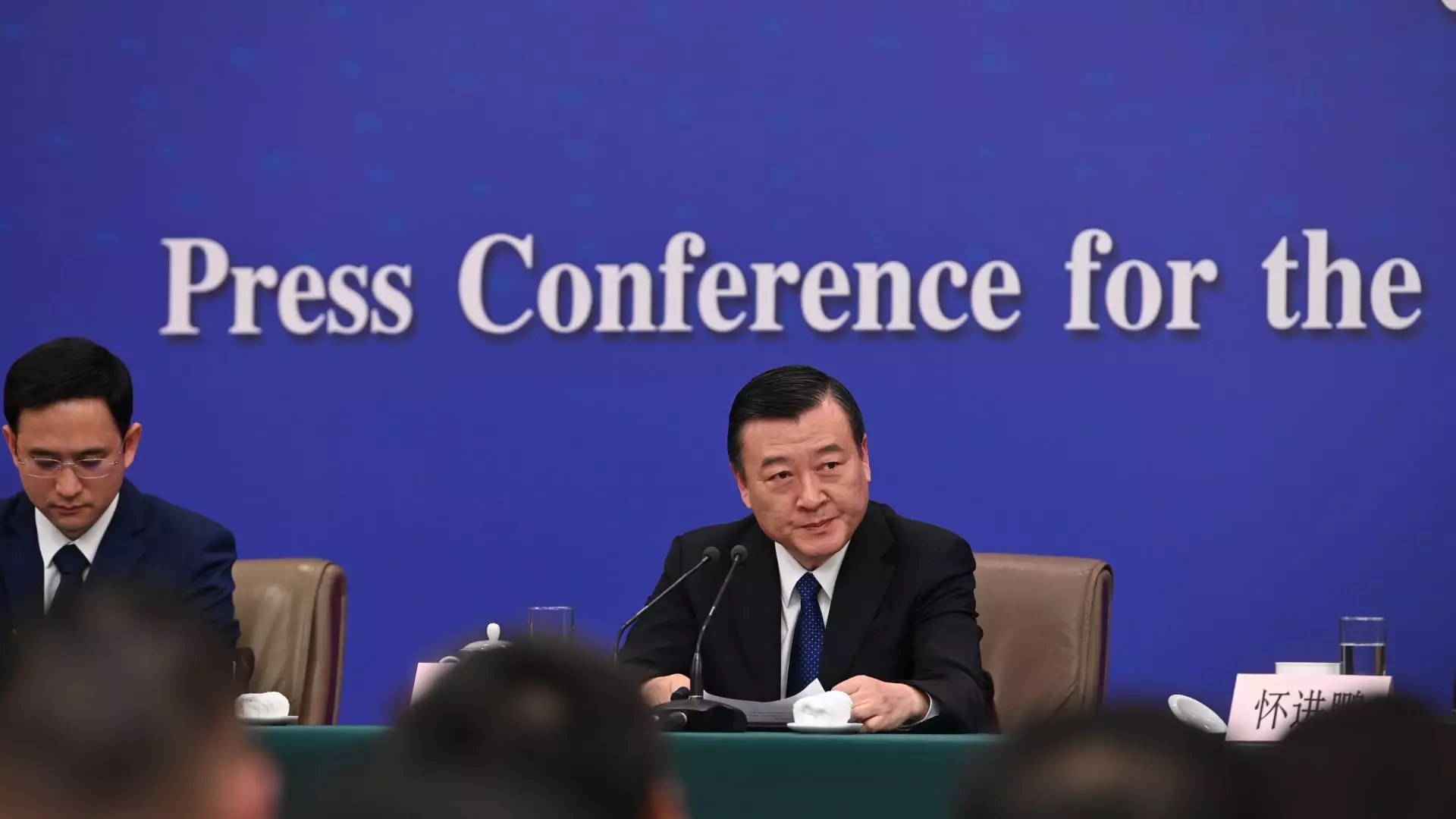In a significant move aimed at stabilizing and revitalizing the strained Chinese real estate market, the Ministry of Housing and Urban-Rural Development has announced a substantial expansion of the “whitelist” initiative for real estate projects. This program is designed to accelerate bank lending for unfinished residential developments, with plans to increase the total approved loans to an impressive 4 trillion yuan (approximately $561.8 billion) by the end of 2024. This announcement, made by Minister Ni Hong, was part of a broader strategy to re-energize China’s economy amidst ongoing challenges in the property sector.
Launched in January, the “whitelist” initiative allows local city governments to suggest specific residential projects to banks for expedited lending, thus facilitating financial support for essential developments that have stalled. This strategic approach is not limited to residential projects but has been broadened to encompass all commercial housing projects, demonstrating a comprehensive focus on reviving the sector. According to a senior official from the National Financial Regulatory Administration, the financing approved thus far stands at 2.23 trillion yuan, with an aim to nearly double this figure.
This initiative is pivotal in ensuring that unfinished developments can be completed and subsequently delivered to potential buyers, addressing a growing backlog of unfulfilled housing needs. Officials are also urging banks to expedite the disbursement of these funds, which could enhance liquidity and facilitate quicker project completion—an essential factor in restoring consumer confidence in the real estate market.
The recent announcements should be viewed in the broader context of China’s ongoing economic challenges, particularly in the real estate sector. The Chinese property market has faced turbulence since 2021, when a crackdown on high debt levels led to numerous developer defaults and significant project delays. As a result, confidence among homebuyers plummeted, exacerbating the decline in housing prices.
Moreover, in late September, the People’s Bank of China took additional steps to bolster liquidity by reducing the cash reserve ratio—an indication of the urgency with which the government is approaching the current economic climate. The decision to lower the minimum down payment for second-home loans from 25% to 15% also reflects a proactive stance aimed at stimulating market activity. This combination of measures appears to be an effort to reverse the downturn that has plagued the sector since the onset of regulatory crackdowns.
Despite these efforts, market reactions have been mixed. At a recent briefing, while some investors optimistically anticipated further stimulus measures, the market reacted negatively to the announcements, with the CSI 300 real estate index dropping significantly. This volatility illustrates the cautious sentiment among investors, many of whom remain skeptical about the efficacy of these measures to spur a full-fledged recovery.
Experts, including Bruce Pang from JLL, have pointed out that while the government’s adjustments represent steps toward recovery, translating these measures into tangible improvements in sales and investment may take time. Investors appear to be grappling with uncertainty, as reflected in the fluctuating performance of property stocks in recent weeks.
In addition to the national measures, various cities have introduced localized policies to stimulate real estate activity. For instance, in anticipation of the Golden Week holiday, Guangzhou has removed restrictions on home purchases, while major cities such as Beijing, Shanghai, and Shenzhen have slashed minimum down-payment requirements for non-local buyers. These initiatives suggest a more granular understanding of the property market dynamics and a readiness to tailor responses to local conditions.
Despite these efforts, the challenges remain daunting. Recent data indicates a sharp decline in new home prices, with an alarming drop in transactions, highlighting the difficulties in reversing the downward trend. The once-thriving real estate sector, which once constituted over a quarter of China’s GDP, is at a crossroads, and the government’s responses will be critical in determining its trajectory.
Looking Ahead: A Path Towards Recovery
As policymakers navigate this complex landscape, the road to recovery for China’s real estate sector will require sustained effort, innovative strategies, and a willingness to adapt to changing economic conditions. The expansion of the whitelist initiative, along with tailored regional policies, indicates a recognition of the need for comprehensive support to rejuvenate the sector.
With continued monitoring of the situation and responsive policy frameworks, there remains cautious optimism for a turnaround in the near future. However, for lasting recovery, strengthening buyer confidence and addressing the underlying systemic issues in the market will be crucial. Only through a multi-faceted approach that aligns financial assistance with genuine market needs can the Chinese real estate sector hope to emerge from its prolonged slump.

